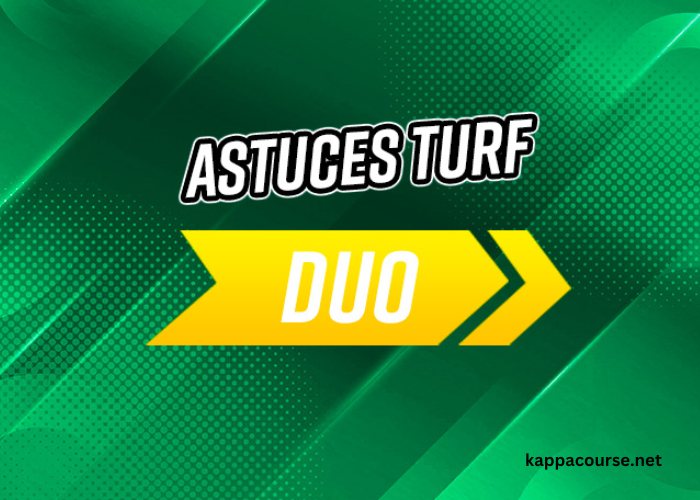A complex eCommerce checkout flow might be costing your online sales & profits. One prominent sign of a poor checkout experience is when your metrics indicate that customers reach your page but abandon their purchase before completion.
Checkout design mostly encompasses more than just aesthetics; it includes trust, credibility, user experience, accessibility, load times, and ease of use. With too many factors at play, plenty may go wrong when designing your WooCommerce checkout flow.
According to the report, nearly 70% of online shoppers abandon your store after adding products to the shopping cart right when they are almost at the end.
What will convince your buyers to keep returning to your store? If your WooCommerce checkout conversion rate is low, we’ve something that will put a smile on your face.
Any guesses?
Here, we will discuss some unique ways to build an appropriate checkout flow for better conversions. Let’s explore this in more detail.
Why Should You Pay Attention to WooCommerce Checkout Design?
When you run an eCommerce store, your ultimate goal is to convert more customers and enhance average order value. However, an optimized checkout flow isn’t always guaranteed when leveraging the default checkout page with your chosen store theme. Every business owner has unique requirements, and customer expectations may differ, making checkout customization essential.
One key principle is to modify the WooCommerce checkout page for a seamless purchase process. It must be easy to read and visually consistent with your website to deliver a cohesive user experience. In addition, considering the customer references is also important. Providing options like different shipping choices, multiple payment methods, and loyalty program benefits helps customers choose what works perfectly.
Moreover, WooCommerce checkout also provides a great opportunity to funnel your shoppers into marketing channels, such as text messaging and email, without hampering the overall shopping experience. Additionally, incorporating custom fields into your checkout design might be important if your online business needs specific customer data like wholesale distribution or accommodation bookings.
How to Modify WooCommerce Checkout Page Design?
The perfect WooCommerce checkout design acts like a red cherry on a sundae. It’s a final touch that makes online shopping hassle-free and smooth. Let’s have a look at Woocommerce checkout page design best practices:
1. Seamlessly Navigate With Modern Layouts
There is no one-size-fits-all rule for checkout page design; it completely depends on your services or products. A high-converting checkout flow is often simple and features a minimalist design with a streamlined process and few distractions.
While designing the checkout page, you can avoid complexities, multiple buttons, and misaligned texts. You can place a shopping cart summary on the checkout page for an enhanced user experience. Include product descriptions, shipping costs, quantities, total savings, etc. This can improve customer loyalty, frequent purchases, and customer retention on your eCommerce website.
2. Customize Your Checkout Page Design
The default WooCommerce checkout is functional but can easily be customized in many ways. Customization allows you to develop a visually cohesive experience that boosts conversions and sales. From integrating custom fields to adjusting the design layouts, tailored checkout pages improve user experience and minimize cart abandonment.
You can also leverage platforms like Simplified Checkout to customize your WooCommerce checkout page. With features like one-click upsells, drag & drop checkout builder, and flexible payment integrations, these platforms help create a user-friendly checkout process and ensure seamless customer experience, faster transactions, and repeat purchases.
3. Consider Direct Checkout for WooCommerce
WooCommerce direct checkout is a powerful plugin that simplifies the checkout flow. It helps customers skip the shopping cart page and directly proceed to checkout. This reduces the steps required for online checkout and improves overall user experience.
Apart from that, the upgraded version of this plugin allows you to add a quick purchase button and help users skip the shopping cart and directly proceed to checkout. This level of flexibility simplifies the online buying process and allows businesses looking to boost sales and increase conversion rates.
4. Create a Mobile Responsive Checkout Design
Mobile shopping has become an ongoing trend in the recent years. According to a report, nearly 79% of consumers use smartphones or tablets to purchase online. Ensure your WooCommerce checkout page design is fully mobile responsive and adapts to small screen sizes.
Optimize the page speed and reduce page loading time to deliver a top-notch user experience on mobile screens. It helps your customers proceed to your checkout page effortlessly. Apart from that, mobile responsive checkout design also encourages repeat purchases and increases conversion rates.
Final Words
Tailoring your WooCommerce store’s checkout is key to reinforcing brand identity, boosting revenue, and catering to your target audience. However, crafting a well-optimized checkout experience always requires proper planning, as no solution fits every store’s needs and business goals.
With so many design tips available, customizing your WooCommerce checkout may be overwhelming. Therefore, it’s important to find the key features and understand how to implement them successfully to create the best customer checkout experience. Prioritizing intuitive design, speed, and security will help you increase overall shopping efficiency.







